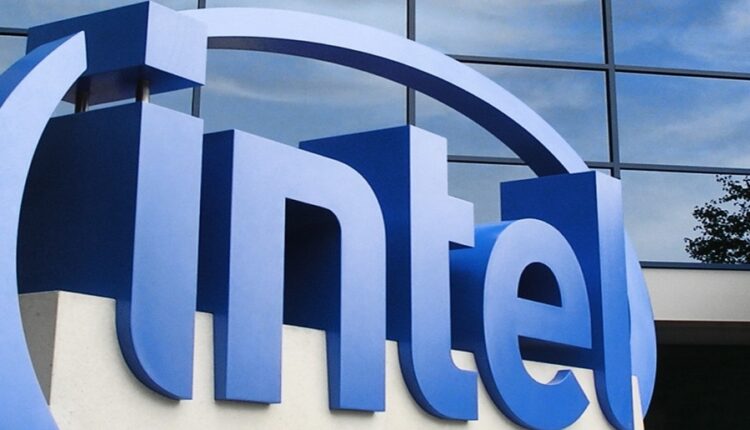The metaverse will be the next chapter of the Internet, as defended by companies like Meta. However, Intel believes that neither the current computing capacity, storage capacity, nor network infrastructure are sufficient to make this vision a reality, which will require a thousandfold increase in computational efficiency.
Socially connecting two people in a virtual environment requires solving a series of problems that allow to show “convincing and detailed” avatars, with characteristics such as clothes, hair or realistic skin tone, “all rendered in real time and based on data. sensors that capture real-world 3D objects, gestures and audio. “
But also, data transfers with “super high” bandwidths and “extremely low” response times, together with “a persistent model of the environment, which can contain both real and simulated elements”. This was stated by the senior vice president and head of Intel’s Accelerated Computing Systems and Graphics team, Raja Koduri.
Koduri believes that the metaverse may lead to becoming “the next major platform in computing after the World Wide Web and mobile devices,” and that we are already in the midst of a transition that “will enable persistent and immersive computing at scale,” as notes in an Intel blog post.
But if there are still many problems to solve just for two people to socialize in the virtual environment, solving those problems at scale, for hundreds of millions of users simultaneously, and quickly, is not feasible with the resources available today.
Intel considers increasing power in computers
“Our current computing, storage and network infrastructure is simply not sufficient to support this vision,” says the Intel executive. “We need multi-orders of magnitude more powerful computing capacity, accessible with much lower latencies across a multitude of device form factors,” and to achieve this, “the entire Internet installation will require major upgrades.”
The executive also notes that “truly persistent and immersive computing, at scale and accessible by billions of humans in real time, will require even more: a thousandfold increase in computational efficiency than the current state of the art.”
Intel is already working to make the metaverse a reality. His work, as Koduri reviews, is summarized in three layers (intelligence, infrastructure and computing), for the development of a unified programming model with open tools that allow the deployment of complex applications, of an infrastructure that offers greater computing capacity of the one that is available locally, and of the necessary power to feed the experiences in the metaverse.
In these works, the company highlights the role of the Xe architecture, which includes the Arc Alchemist GPU and the Ponte Vecchio graphics accelerator, which will be available next year.
Source: dpa


